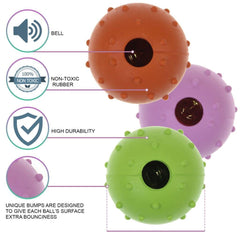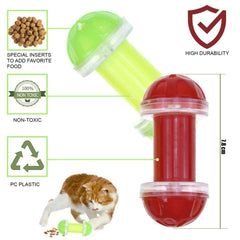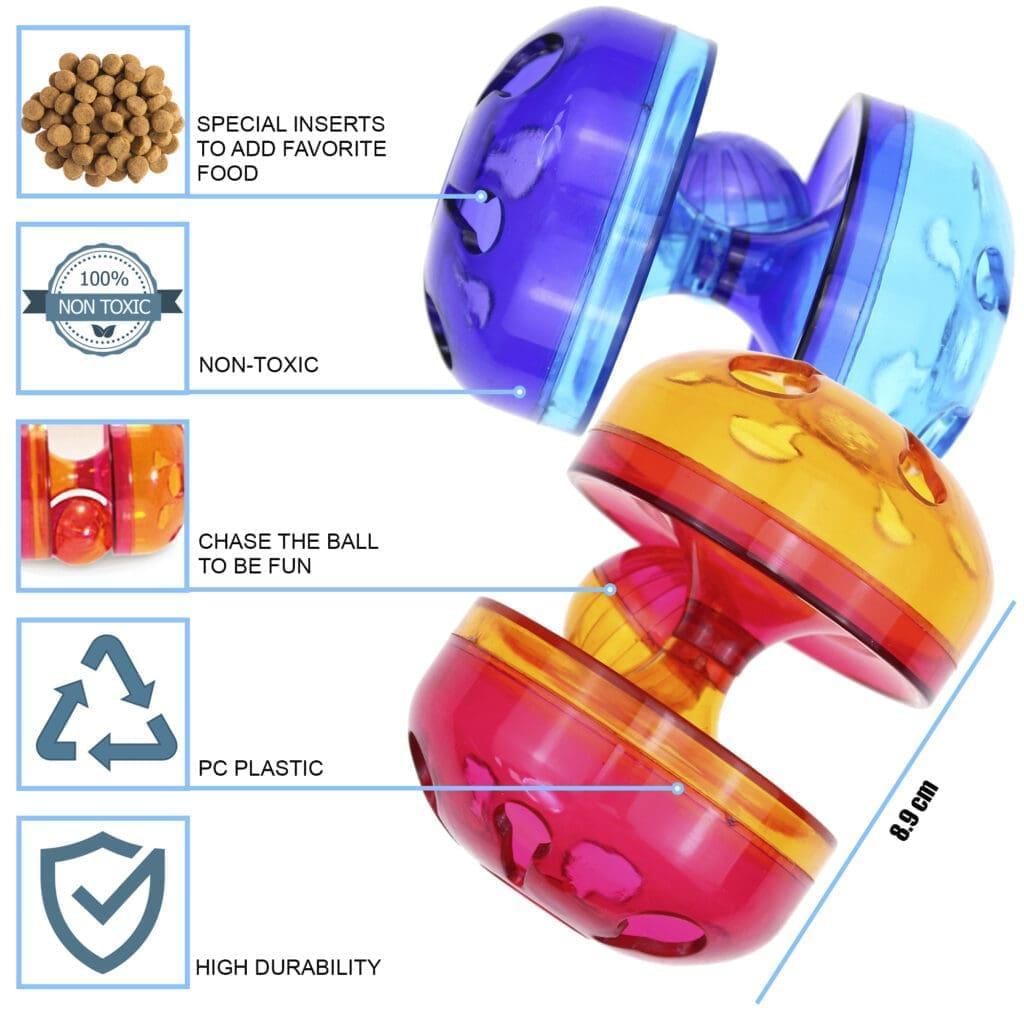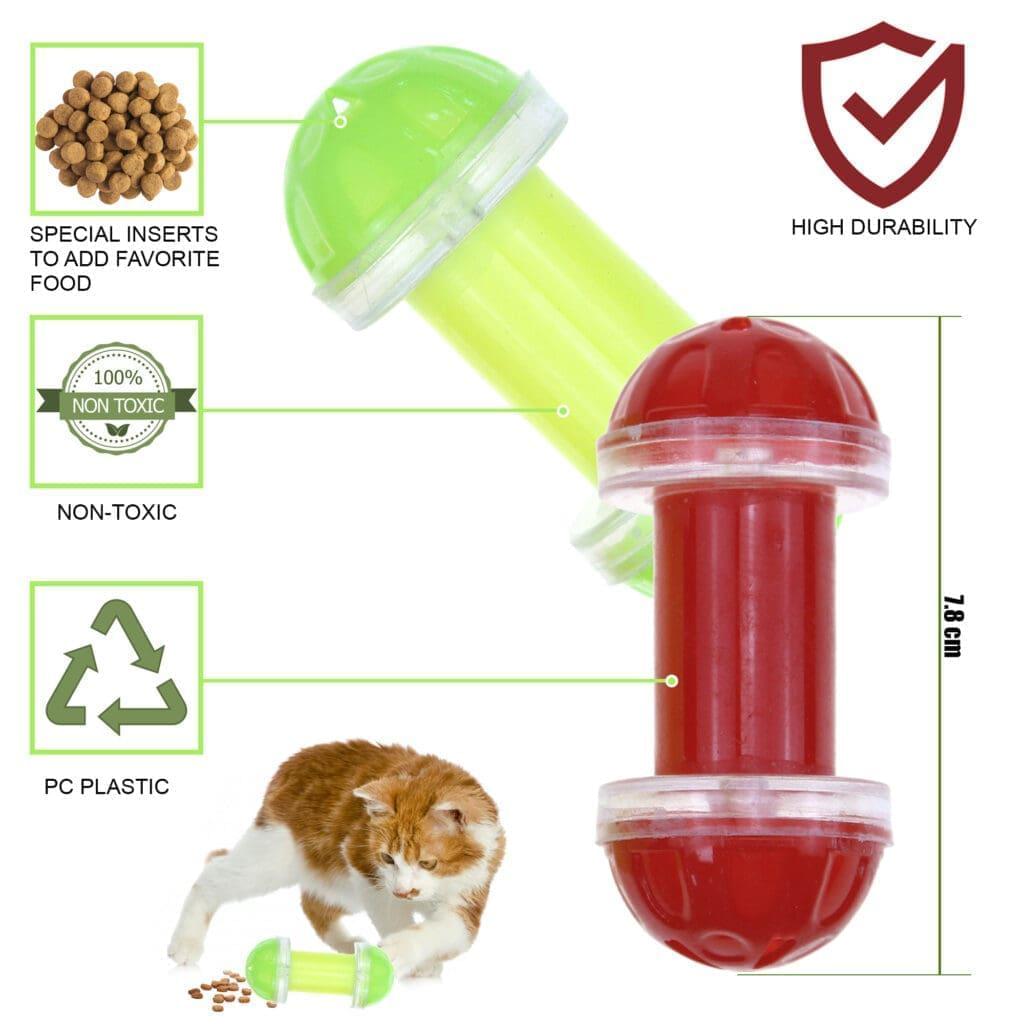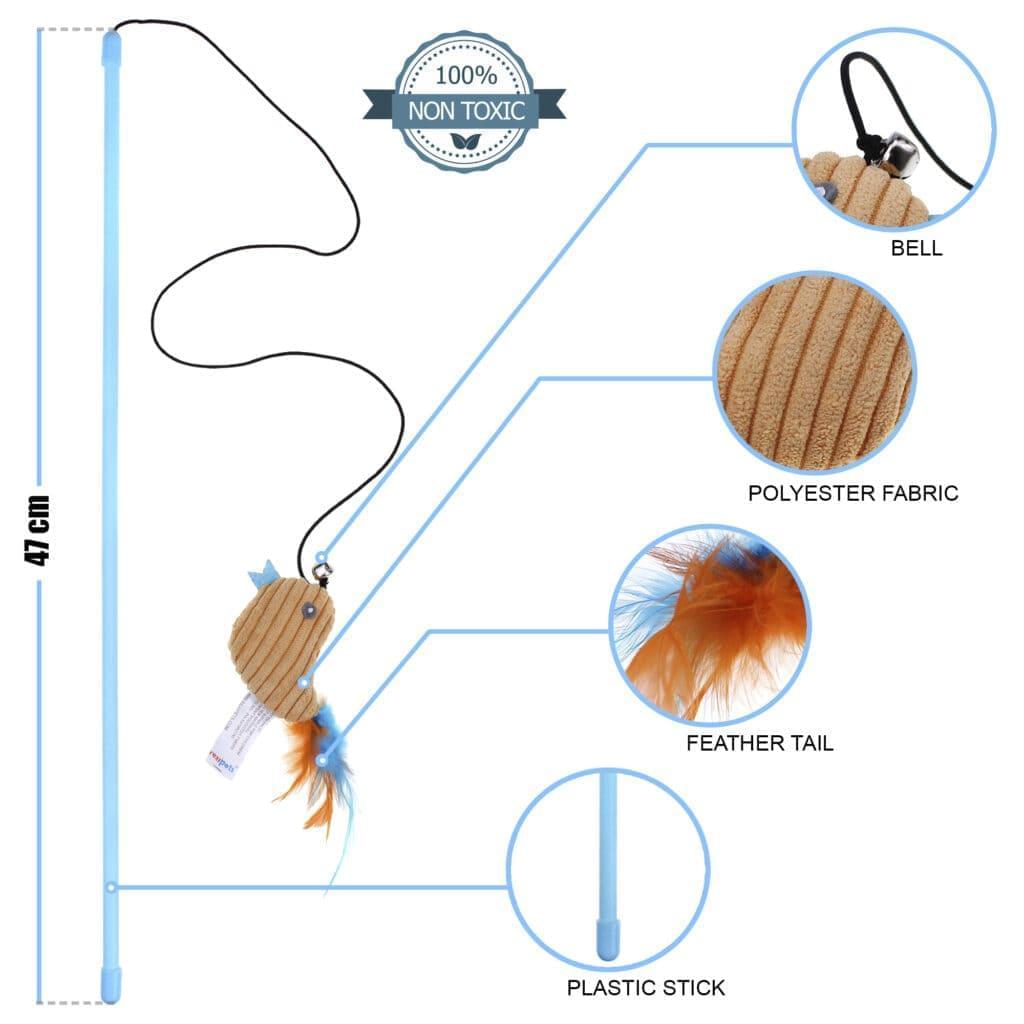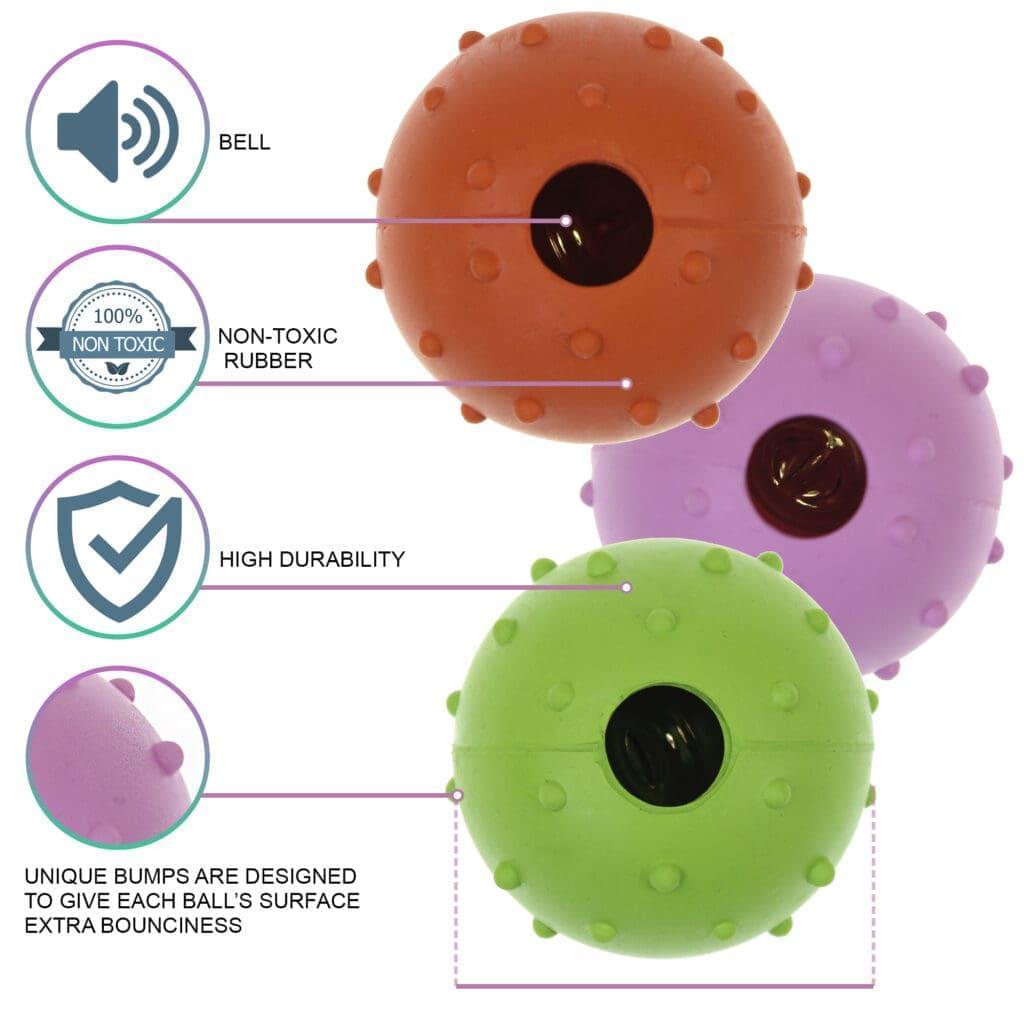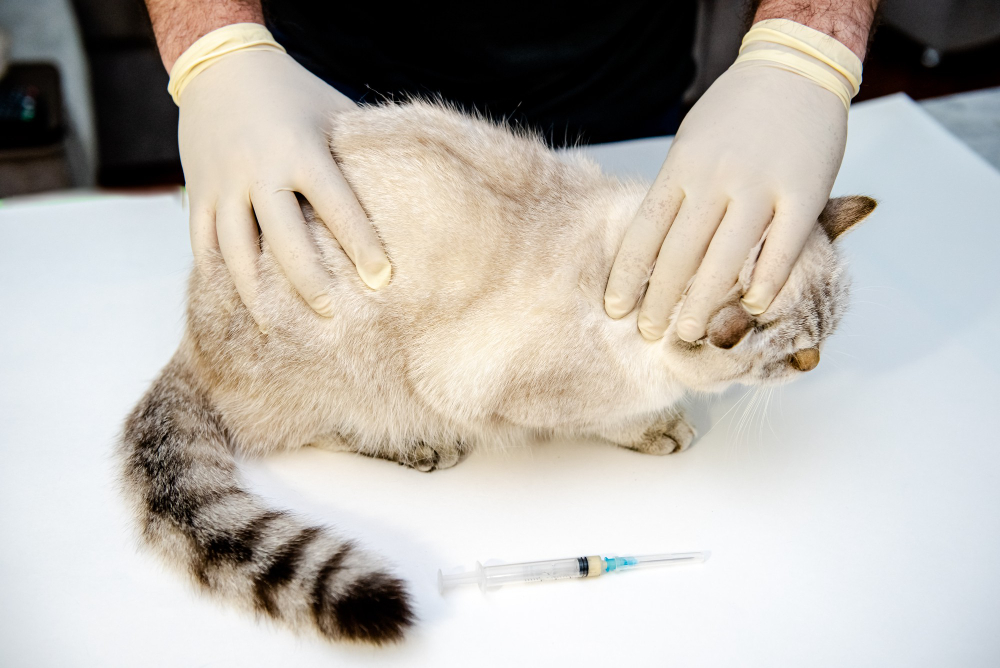
Have you ever wondered why your cat's skin sometimes acts up, causing extreme discomfort and irritation in your feline friend? This skin infection in cats is known as feline pyoderma, and today we'll tell you all about it.
At Rexipets, we sat down and realized that skin infections in cats are more prevalent than previously perceived. So today, we'll talk about what exactly feline pyoderma is, its symptoms, its diagnosis, the risks of this bacterial skin infection, and most importantly, how you, as a cat owner, treat it.
So, give your uncomfortable cat some catnip to help them calm down, grab some coffee, and let us take you on a journey to enlighten you about pyoderma and its treatment.
What is Pyoderma in Cats?
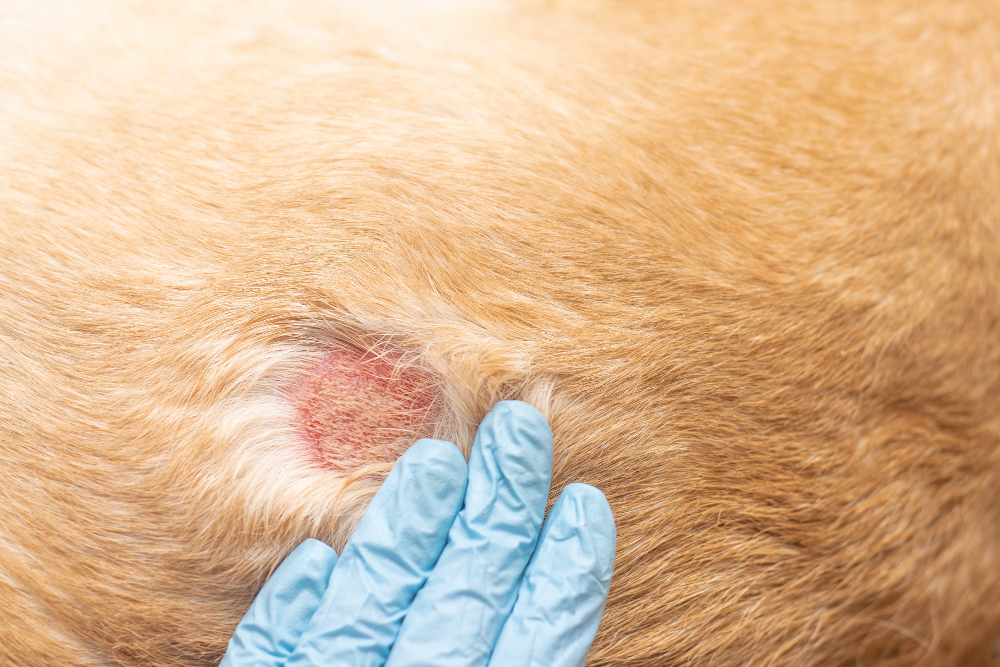
Pyoderma is a bacterial infection, which literally means pus in the skin in medical terms. It is a skin disease that can be caused by multiple factors such as infections, inflammation, parasites, or tumors. Pyoderma is often linked to skin bacterial infections, which are common in pets.
There are two main types of bacterial pyoderma - simple and complex.
Simple, also known as superficial pyoderma infections, are tied to specific incidents like a flea infestation and usually occur in young animals.
On the other hand, complex infections are recurring and are usually related to an underlying disease process. These underlying problems could include allergies like flea allergy, food allergy, or internal diseases.
Possible Causes of Pyoderma

Pyoderma in cats can happen for different reasons. Some cats get it because of mites on their skin, like Demodectic Mange or Scabies. Having lots of fleas can lead to an allergic skin disease that can develop into pyoderma. It can also happen because of multiple cutaneous eosinophilic plaques.
Sometimes, certain foods can make cats have skin problems, leading to pyoderma. There are also diseases where the cat's immune system attacks its own skin, like Pemphigus or viruses such as feline Immunodeficiency Virus (FIV) or Feline Leukemia Virus. These diseases can make cats more likely to get skin infections.
Injuries or diseases leading to too much scratching can also cause pyoderma. In some rare cases, pyoderma can also be connected to cancer.
Interestingly, there have been cases in which we don't know why pyoderma happened - it just did. But, even when the underlying cause is unknown, vets can still work to help the cat feel better.
Symptoms of Pyoderma
Pyoderma, a skin condition in pets, shows different signs that range from hair loss to discomfort. If you notice any of the following symptoms in your furry friend, you must reach out to your veterinarian.
One common sign is the appearance of a rash and redness on the skin. It is one of the prevalent inflammatory skin diseases, which can make the affected area look irritated and inflamed. Another indicator is crusting and scaling of the skin, which means you might observe rough, dry patches on your pet's coat.
Draining sores are another symptom to be aware of. The skin may release fluids in these areas, and they can look like open wounds on your pet's skin. Crusted and eroded papules can also be present. These can sometimes be seen as small, raised bumps on the cat's skin.
Itching is a common reaction to pyoderma, and you might see your pet scratching or biting at the affected areas. Hair loss is another significant sign of deep pyoderma. Your pet may lose fur in the regions where the infection is there.
A foul odor goes hand-in-hand with pyoderma. If you notice an unpleasant smell coming from your pet's skin, it could indicate this skin condition. Lastly, this condition can cause a great deal of discomfort for your pet.
If they seem to be in pain or if you observe any of these symptoms, it's vital to consult with your vet for proper diagnosis and treatment.
Diagnosis of Pyoderma in Cats
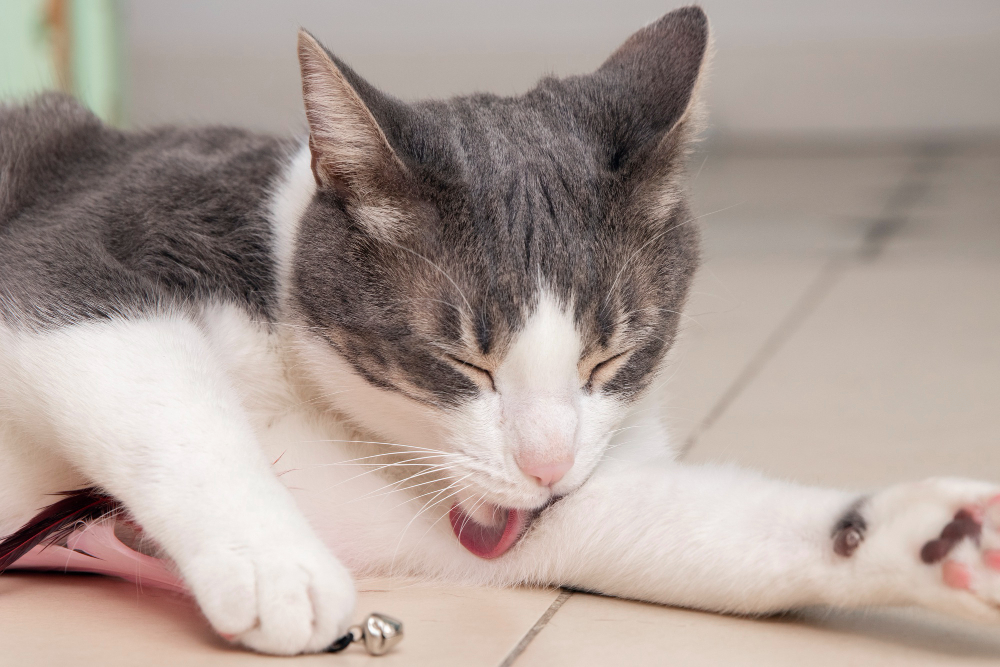
To determine if a cat has a bacterial skin infection, the vet looks at the cat's history of symptoms and runs tests to rule out other issues.
Here are some ways the vet might use to diagnose your cat with pyoderma.
-
Skin Cytology
The vet takes samples from the skin and checks them under a microscope to see if there are bacteria or white blood cells.
-
Skin scraping
This involves scraping the cat's skin to look for mites. The scraping is done deep enough to cause a bit of irritation or mild bleeding to make sure mites (if any) are included in the sample.
-
Wood's lamp
The vet uses a special lamp to check for any yellow-green glow, which could indicate a fungal infections in cats like ringworm.
-
Trichogram

The vet looks at the plucked hairs of your cat under a microscope to find fungal spores or mites.
-
Fungal culture
A sample of inflammatory cells may be taken to see if there's any fungal growth, helping diagnose the cat's skin condition.
-
Bacterial culture and sensitivity testing
This test tells the vet what type of bacteria is present and helps them choose the best medication for treatment, especially if the infection keeps coming back or doesn't heal.
Risks of Pyoderma in Cats

Having pyoderma, a skin infection, can pose certain risks to cats and, in some cases, humans.
Here are some potential risks associated with the presence of pyoderma in felines:
-
Spread of Infections
If you don't take care of pyoderma quickly, it can move to different parts of your cat's skin or even spread to other pets at home.
Some bacterial infections can spread to people, too, especially if someone's immune system isn't strong. So, it's really important to control and treat the condition properly to prevent it from spreading.
-
Scratching complications
When cats scratch too much to soothe themselves because of pyoderma, they can hurt themselves and end up with open wounds. This makes it likely for other infections to happen.
These problems can make the cat's overall health even more complicated. It's essential to stop the excessive scratching and treat the wounds to keep the cat healthy.
-
Health issues
If pyoderma is connected to other health problems like allergies or diabetes, not treating the main issue can cause even more health troubles.
For example, if allergies or diabetes are not taken care of, they can lead to more health complications. So, it's crucial to address the main problem and treat pyoderma to prevent additional health issues for the cat.
How to Treat Pyoderma in Cats?
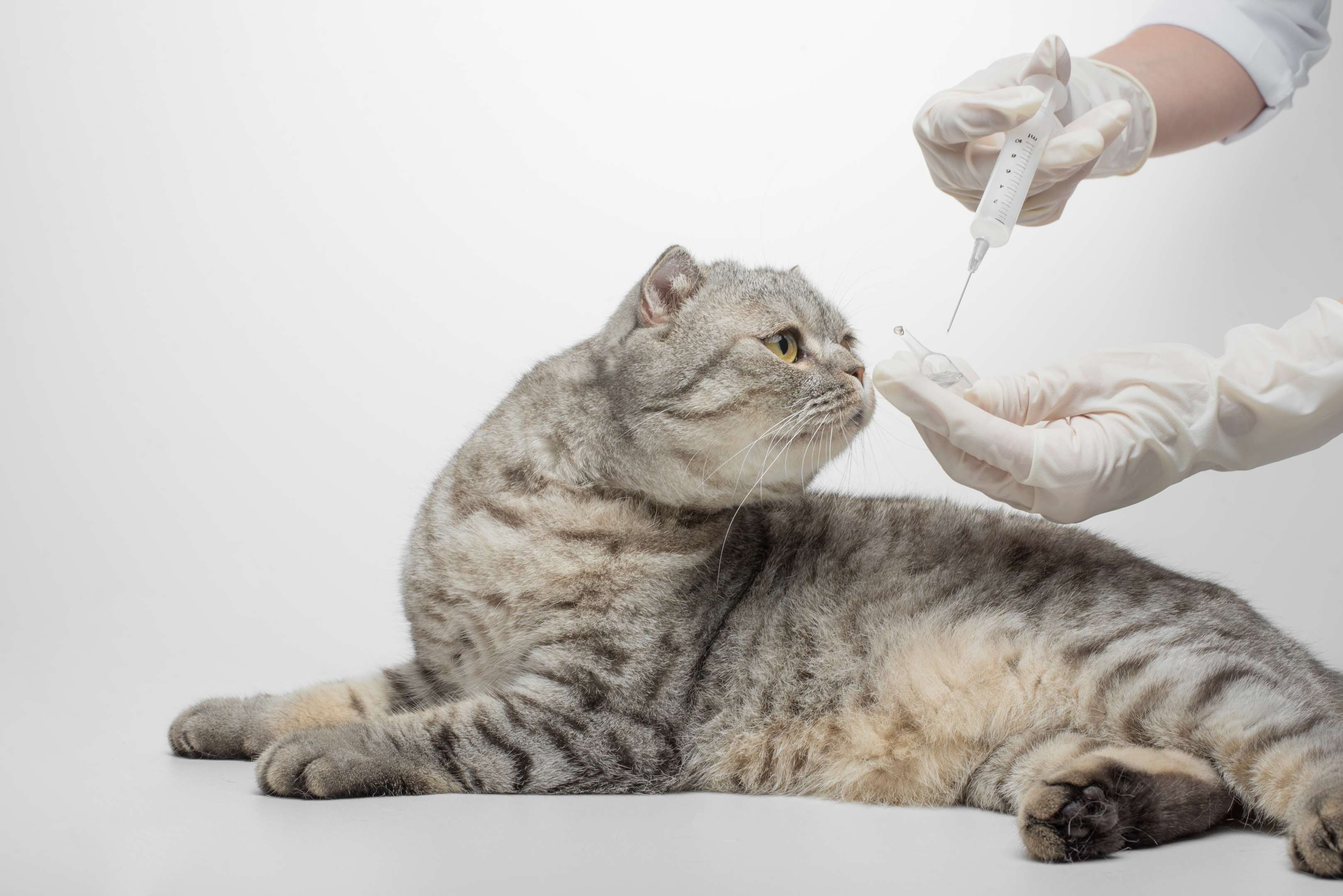
Your vet will give you oral antibiotics to handle the skin infection, and it's typically a three to four-week treatment. It's super important to finish the entire prescribed course of antibiotics.
Along with oral antibiotics, you can also use topical therapy, which includes special topical medications or antibiotics. These help to soften the crust that may have formed on your cat's skin due to the infection.
Topical medications come in various forms, like shampoos, creams, gels, ointments, sprays, wipes, and mousses. They work well for surface-level or mild skin infections, and these products' ingredients can effectively eliminate bacterial infections.
However, making sure to follow the vet's instructions and completing the whole treatment is crucial for effective healing.
Prevention of Pyoderma

Give all the medicines related to the feline pyoderma therapy, just like the vet tells you. Even if the condition starts improving early, keep giving antibiotics until all the meds are done. Systemic antibiotic therapy is very imporant. Moreover, watch your cat for any patches that aren't fully recovered and are still oozing.
The treatment can make your cat entirely better from the skin infection, but it's important to go back to the vet for a follow-up appointment. The vet will check to make sure the treatment is doing its job.
Sometimes, you might have to make changes to your cat's food or where they live while they're getting better. What changes you make depends on why your cat got the infection in the first place.
Final Words!
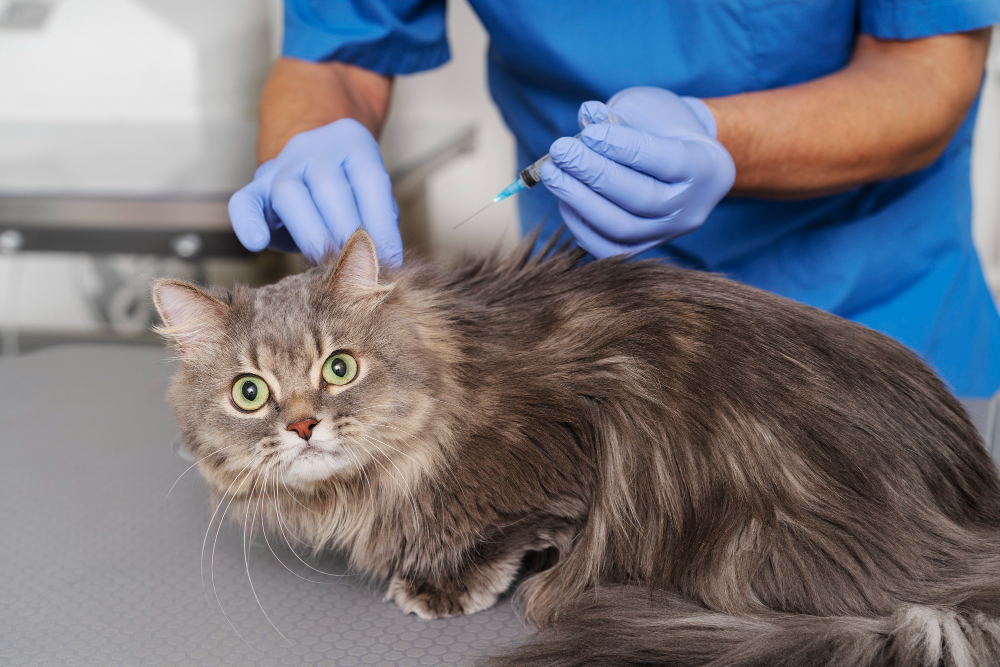
So, wrapping up - pyoderma is like a skin disease that can happen to any of our furry best friends. It is important to keep an eye out for the signs that might show in your pet. It might be pyoderma if you notice your cat scratching a lot, having rashes, or weird sores.
Reach out to a vet ASAP if you suspect even the slightest bit that your cat has pyoderma, as it can be contagious to other cats in the household and humans, too.
However, the good news is that with the proper treatment, your cat can bounce back and feel comfy. Treatment usually involves medicines, some topical therapy, and maybe some changes in their routine, like a special shampoo or different food.
Keep an eye on those scratches and follow your vet's advice. Even if the sores start to clear up, stick with the meds until you have completed the whole course.
Moreover, regular check-ins with the vet help make sure everything's on track. With your love and care combined with the vet's expertise, your cat can shake off pyoderma and get back to their happy and healthy self.
FAQs
What can bacterial skin infections in cats look like?
If a cat has a bacterial skin infection, you might notice signs that things aren't quite right. Their fur might have more dander and scales than usual, and you could see crusts on their skin.
The skin itself might look red and irritated, and there could be open sores that are oozing and draining. Sometimes, you might spot pus, and your cat might lose hair or have bumpy skin. And, of course, they might be scratching more because their skin feels itchy. If you see any of these things, it's a good idea to check in with the vet to help your feline friend feel better.
Can bacterial skin infections in cats spread to human beings?
Yes, it can spread to humans, especially to people with weakened immune systems, such as those who are immunocompromised, generally unwell, or children.
In such cases, it's important to be extra cautious and maintain good hygiene practices to minimize the risk of transmission. If you notice any unusual symptoms, seeking advice from a healthcare professional is important.
